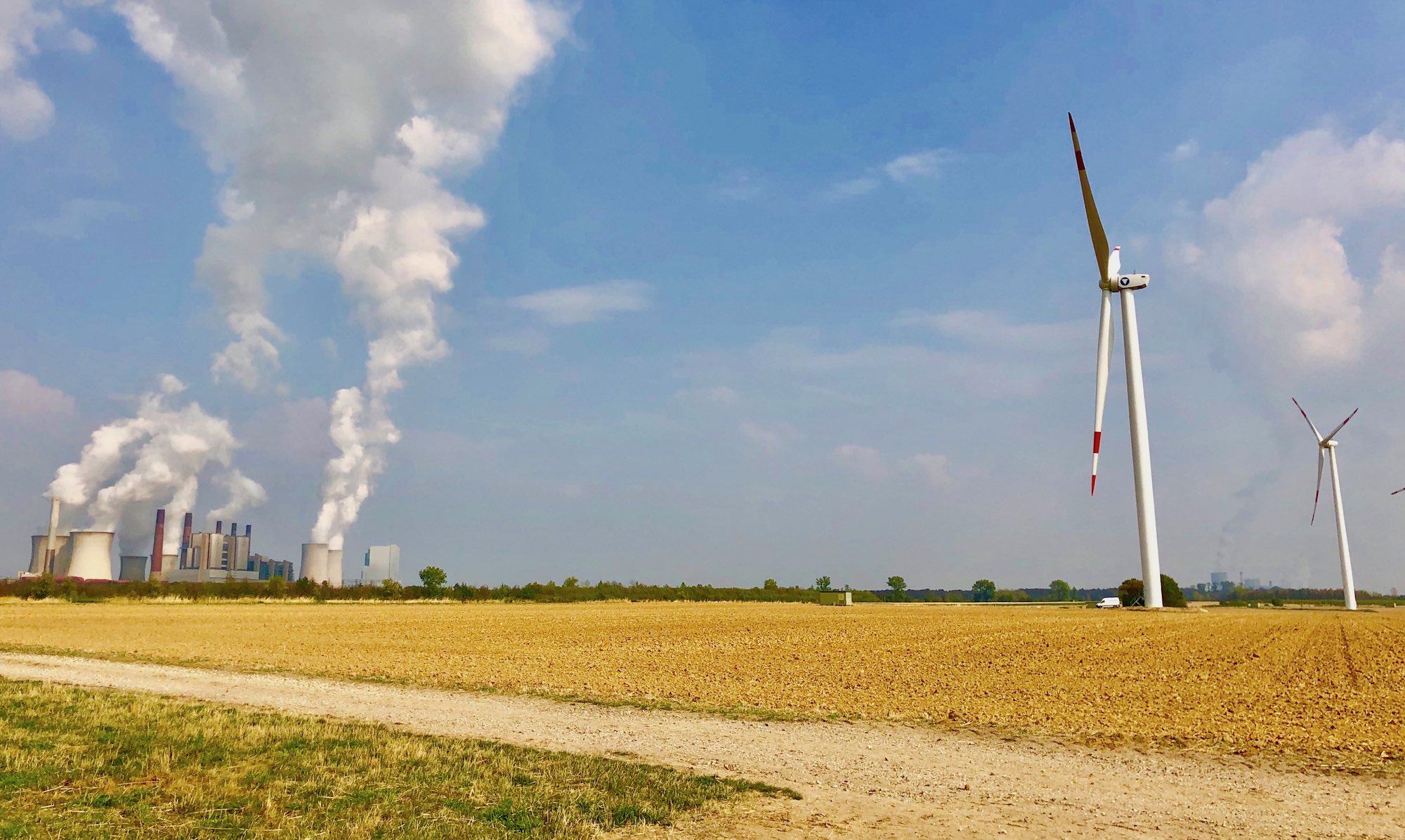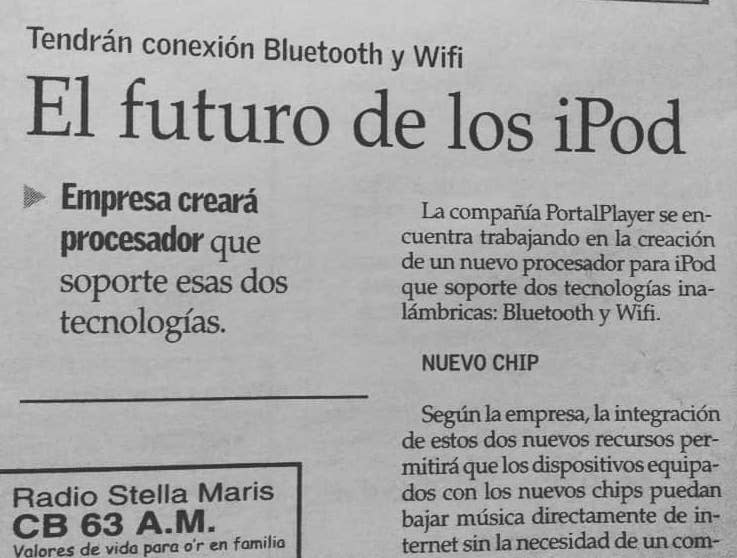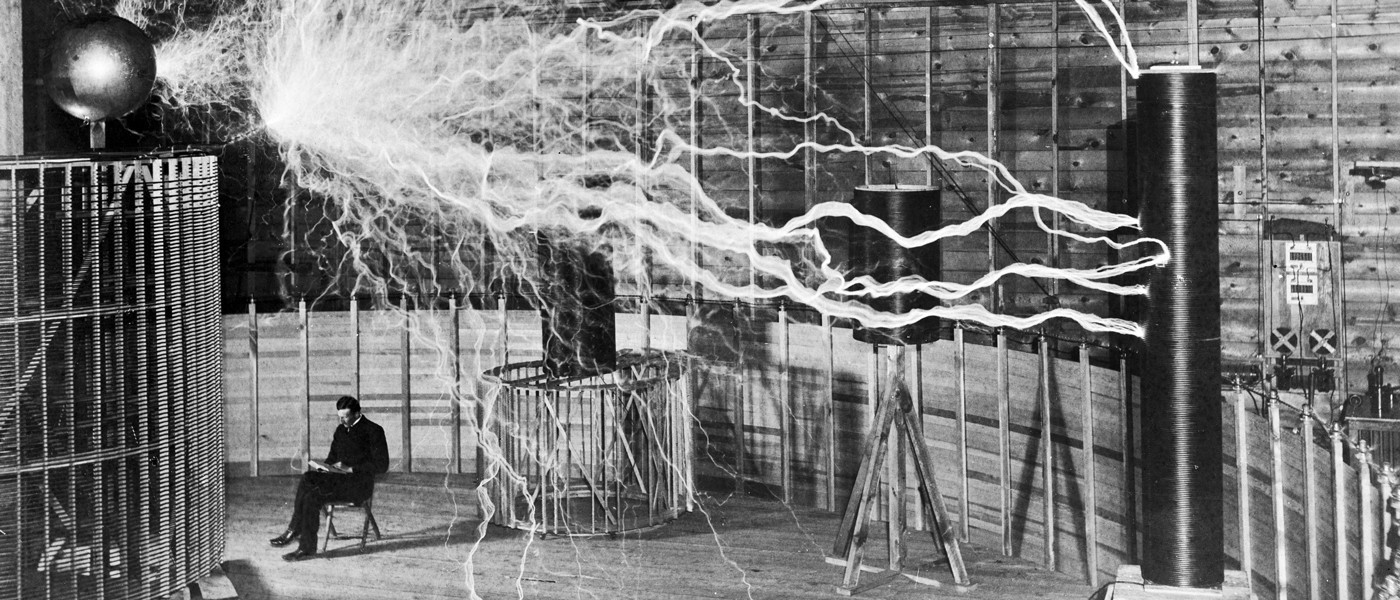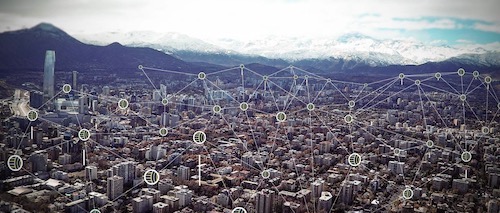
EDUARDO SOTO SEPÚLVEDA
CEO PHINEAL
1
In the last months there has been discussion about the replacement of meters to a new intelligent system. However, the discussion has focused on equipment costs, data privacy and the political way of how to make this change, leaving out one of the most important aspects of this reform, the possibility that technologies can help us improve the way we manage energy and make it cleaner, cheaper and more flexible. This article will explain how blockchain and Artificial Intelligence (AI) can make the generation and consumption market through self-management and regulatory changes make it possible for our energy to come from clean sources from our own photovoltaic energy or from a neighbor, or from a power plant of our choice, or we can store it and use it in an electric car taking advantage of the best prices through a spot market for buying and selling energy.
IRENA INNOVATION WEEK 2018, Bonn – GERMANY
International Renewable Energy Agency
THE CONSCIOUS ELECTRIC NETWORK
The low costs of energy measurement technologies added to their computing power and Internet speed, will sooner or later lead us to transform energy information to energy vectors traced by blockchain and managed through a virtual electrical coordinator with artificial intelligence. The measurement of energy takes a fundamental role at the time of implementing business models where the users can buy their energy to the power stations in direct form, defining a space of interaction as they are the electrical networks. This liberalization of the energy market in homes and companies has to go hand in hand with a network development model that allows it to adapt to the needs of demand. This process can be gradual and to the extent that markets can satisfy this demand from an informed supply. Electricity grids today operate under a strictly regulated model and adverse to change, so it is urgently necessary to revise this under a modern perspective and according to current technologies, having a look to the future at least in the development of the market in the next 10 years. For example, stopping the injection of photovoltaic energy from distributed generation installations, imposing energy meters that cannot be self-managed, prolonging the model of generator and consumer as if it were an insured business only for companies that currently exist. These are the issues that impede the development of this new awareness of electricity grids. To do things differently, you have to think differently.
CONSUMER POWER TO CHANGE THE ENERGY MATRIX
The blockchain allows energy to be traced from the source of energy generation and can be made for the purchase of blocks and micro blocks of energy, so that agreements between a consumer and a generator can be made through a digital platform, which defines and agrees the price of energy, how much power and energy is needed at different times of the day, days of the week and even schedule holidays to switch to a consumption plan that is convenient. This is a novel concept, but one that European energy markets have been using for years. The energy meters allow to manage this type of information added to the gentle attention of an IA that facilitates this purchase under different changes of condition of the energy spot market. We can prefer the renewable energies of a 100MW photovoltaic plant or buy the surplus from our neighbour who has 2kW in solar panels through an intelligent and conscious meter.
And CAN WE SELL ENERGY FROM OUR HOUSEHOLDS AND COMPANIES?
Of course, to have an AI that manages self-consumption, energy storage and grid injections from the generation of solar energy or other renewable sources that we have for the sale of this, if possible. The blockchain certifies all the data generated and that are transferred through the “smart contracts” and the IA will help us to optimize the purchase/sale of energy for its efficient and economic use.
«Mining of energy data from the Sello Sol and GTIME platform».
INTERNATIONALTRANSACTIONS AND DECENTRALIZED
GTIME: AN ENERGY VECTOR WITH METADATA
The bet of our company was to create an energy vector through reading every 15 minutes. The objective is that based on the measurement of energy, a vector called GTIME is incorporated into the data, introducing more information for energy accounting and the information that can be transferred between its users.
The acronym GTIME refers to the Geolocation, Time, Installation ID, MAC Address and the Energy generated and consumed.
The GTIME vector information is mined in the blockchain network with energy blocks every 20 minutes, so that in addition to these physical and digital parameters a hash of the result of data mining is added.
More information about GTIME in www.gtime.cl
NEW METERS, A TECHNOLOGY ALMOST 20 YEARS OLD
The smart meters being installed are in principle a datalogger with a switch that can be read and operated remotely. Of the great benefits that these equipments have, many of them serve exclusively to the distributing company, since it reduces its operational costs due to the remote management or remote management of the equipments, being able to make cut and replacement of service, to reduce the operational costs of reading and to identify failures of service. Among the few benefits for end users (who pay for the meter) is the obtaining of demand profile records, which allows the adequate sizing of photovoltaic systems, but it is questionable whether third parties specialists will have access to this information if the customer authorizes it, since the power of access to information would be the company that installed the meters.
I remembered a publication I saw on Facebook from a newspaper in 2006, where it talked about the future of the iPod that could download music through wireless technologies. Today the music can be played on Spotify or YouTube through a data stream where you can watch videos and listen to music without having to buy it. Bluetooth and WiFi technology is present in most of the current electronic devices and I think it is minimal that the meters have it incorporated.
We would expect our smart meter to have the ability to read, store, process information, communicate energy information through a wireless connection or other on-site means to make energy buying and selling decisions, help us manage our consumption, make more efficient use of photovoltaics and energy storage, and transform us into prosumers (buyers and sellers of distributed energy). In short, a datalogger with a switch should not be called intelligent.

PUBLICATION IN THE MERCURY OF VALPARAISO IN THE YEAR 2006
PILOT PROJECT BLOCKCHAIN PUBLIC SOLAR ROOFS
Since November 2018, Phineal has been developing and implementing a platform for the traceability of photovoltaic energy data in installations carried out through the Public Solar Roofs Program. More than 130 photovoltaic installations (5MW) distributed throughout Chile with traces through blockchain technology.

«I’m not really worried that they want to steal my ideas, I’m worried that they don’t have them.».
NIKOLA TESLA
Did you like this article?
Subscribe and share



